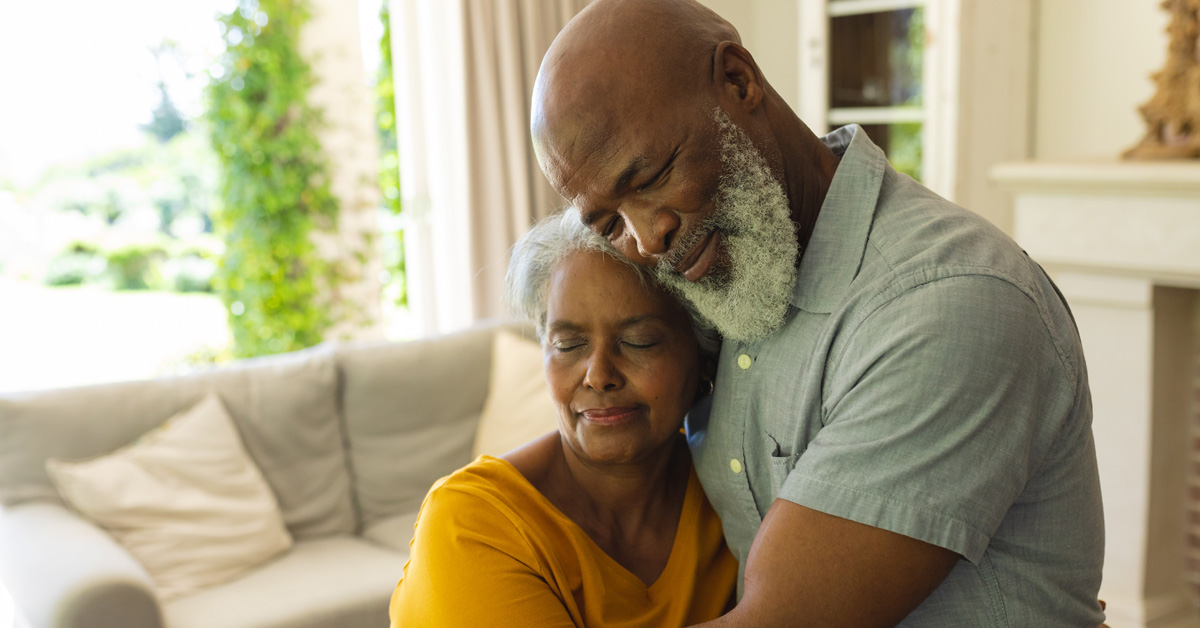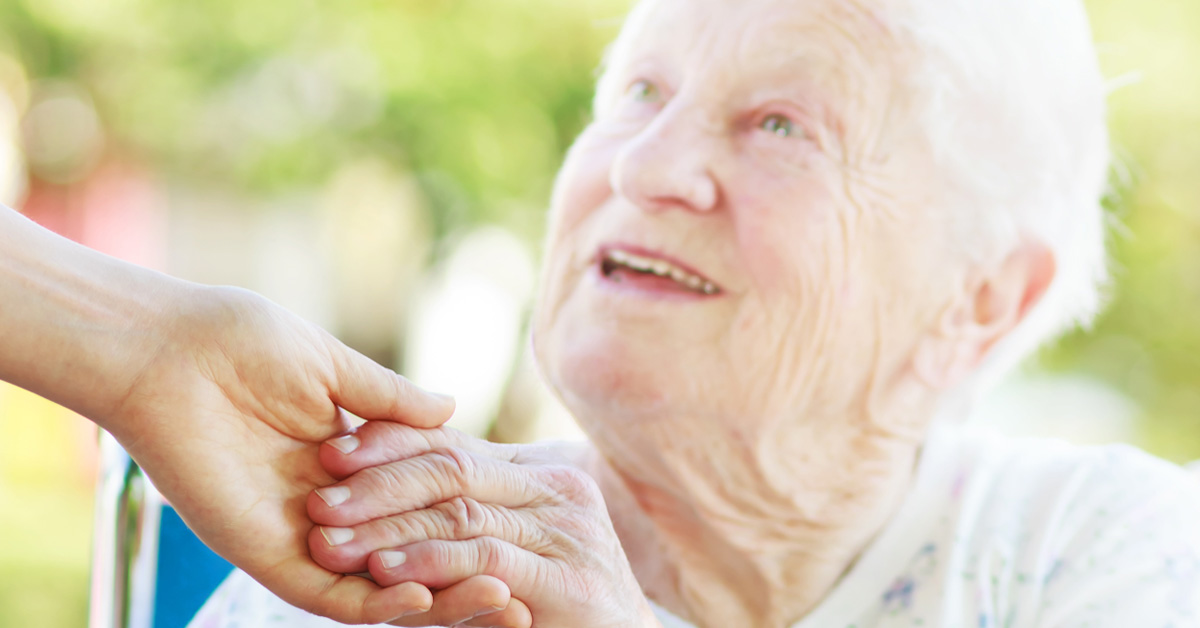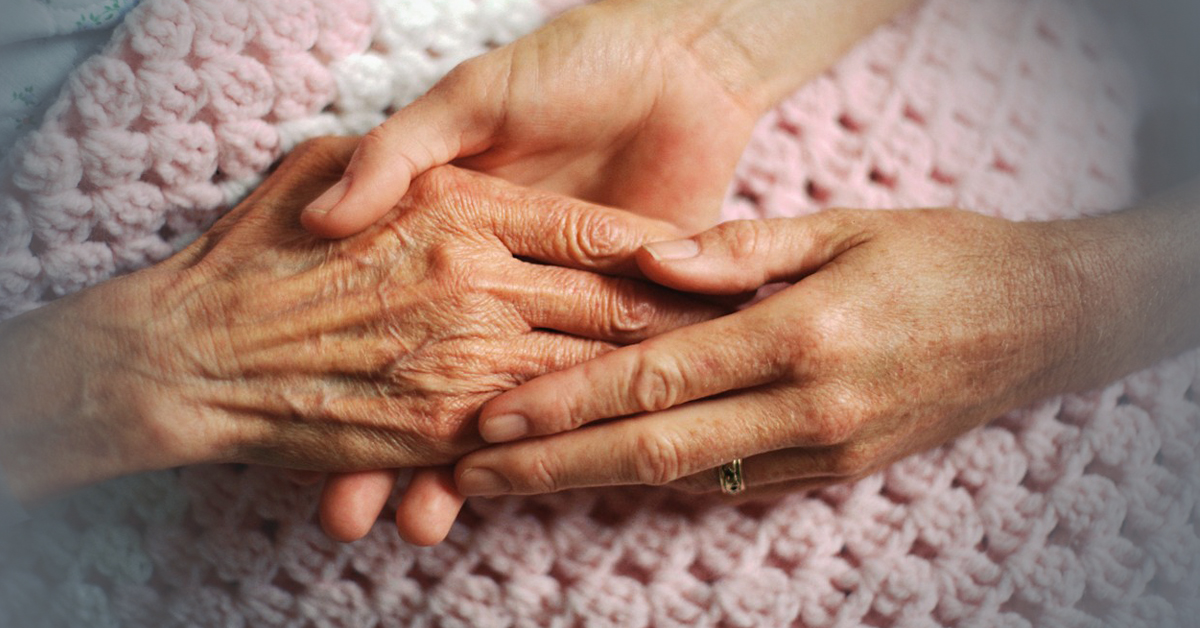
How Hospice Supports Families
More and more people are choosing to die at home. Since the healthcare system first started keeping track of this in the 70s, most people died in hospitals. However, by 2017, home surpassed hospitals, nursing homes, and every other place as the most common place of death. This shift represents more patients having their preferences met, higher satisfaction with care, and higher quality of death. On the other hand, the trend of more Americans dying at home also presents challenges for families that we may have not seen for a century.
Why Families Need Support When People Die at Home
It is easy to underestimate the physical and emotional toll of caring for a loved one with a disability. This includes progressive disability brought on by a terminal illness. Family members describe this caregiver role as fulfilling, rewarding, and an important part of the process. Nevertheless, it is also associated with significant stress and morbidity. It does not help that caregivers often feel guilty for needing or wanting help and resultantly avoid the help they need. After advanced disease affects a family, the family caregivers incur a higher risk of psychosocial distress, anxiety, and depression.1 This situation may even contribute to the widowhood effect, a phenomenon where mortality risk increases after the death of a spouse.2
Hospice Supports Families as Well as Patients
Fortunately, as America has begun going home to die with higher quality of life at ever increasing rates, the hospice industry has also grown to support that. In 1984, there were only 31 Medicare-certified home hospice agencies. Now, there are between four and five thousand. A well-timed hospice referral has been shown to cut the risk of clinical depression among family caregivers by more than 88%. Additionally, Medicare pays 100% for home hospice with no copays or deductibles.
Caregiver Education in Hospice
Hospice nurses spend a significant amount of their time training family caregivers. This includes what to expect and what to do. Nurses teach how to support the dying family member. Family caregivers also learn how to provide direct personal care support in ways that are safe and comfortable for both the loved one and the family caregiver. This type of support increases caregiver confidence, which in itself can reduce caregiver fatigue.
Direct Patient Support
What’s more, hospice agencies often provide aides and volunteers for more direct support. Hospice aides can help with hands-on tasks such as bathing, dressing, and skin care. They can also help caregivers verify they are doing these things with the best techniques. Aides and volunteers might further be available to help with light housekeeping in patient areas, meal preparation, running errands, and other tasks that lighten the load of family caregivers.
24/7 On-call Hospice Nurse
When family caregivers are alone with dying patients, worry can mount over any sort of question. Without hospice, these questions and worries can result in unnecessary and expensive emergency department visits that also prove tiresome to patients. Conversely, they can also result in situations going too long without medical intervention. Hospice agencies keep a nurse on call for admitted patients 24 hours per day. They are available for unscheduled visits if needed. More often, they listen to the family caregivers, answer questions, and let them know the right thing to do.
Bereavement Services
Medicare-certified hospices also provide at least six months of bereavement support. How this is conducted varies widely between agencies. Some agencies simply keep their nurse-lines open for discussions and advice about bereavement. Others take a more proactive approach with newsletters, groups, and activities.
Conclusion
In conclusion, one of the most important things to understand about hospice is that it offers more than home medical care for patients with terminal diagnoses. Hospice works to support quality of life during a very important time for both patients and their families. Every patient and every family caregiver is different. Hospice nurses will give each family the individual support the family needs and wants.
References
- Ferrell B, Mazanec P. Family Caregivers. In: Huria A, Balducci L, editors: Geriatric Oncology: Treatment, Assessment, and Management. New York: Springer 2009: 135-155.
- Elwert F, Christakis NA. The effect of widowhood on mortality by the causes of death of both spouses. American Journal of Public Health. 2008 Nov;98(11):2092-8.
- Bradley EH, Prigerson H, Carlson MD, Cherlin E, Johnson-Hurzeler R, Kasl SV. Depression among surviving caregivers: does length of hospice enrollment matter?. American Journal of Psychiatry. 2004 Dec 1;161(12):2257-62.





